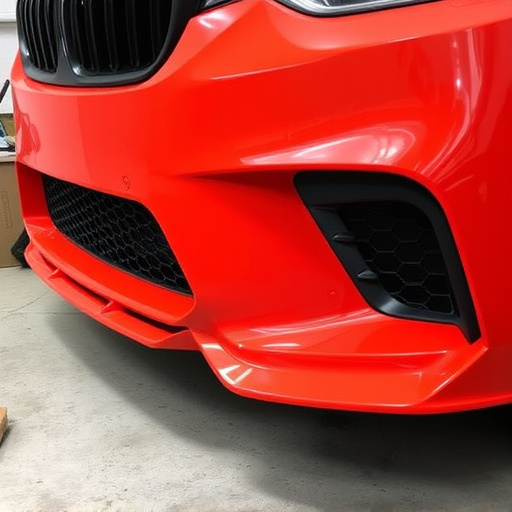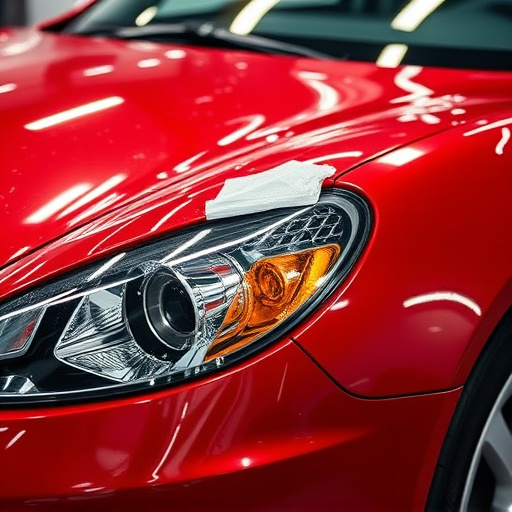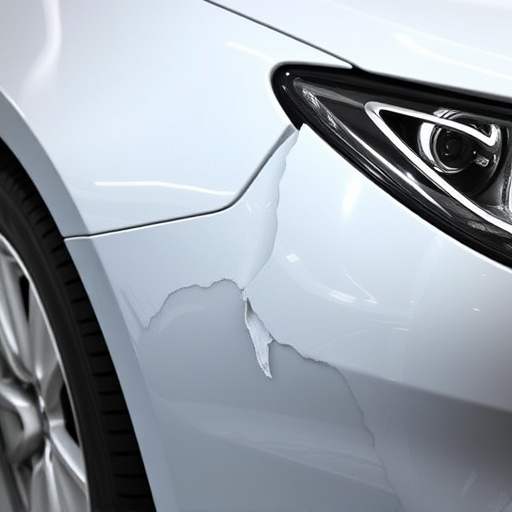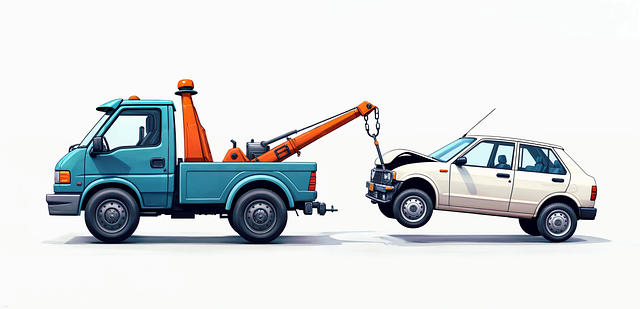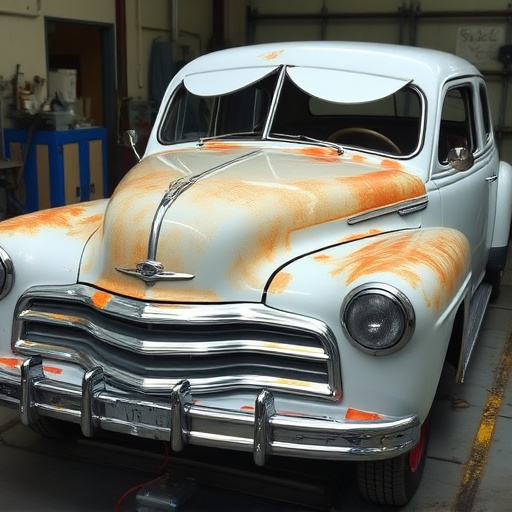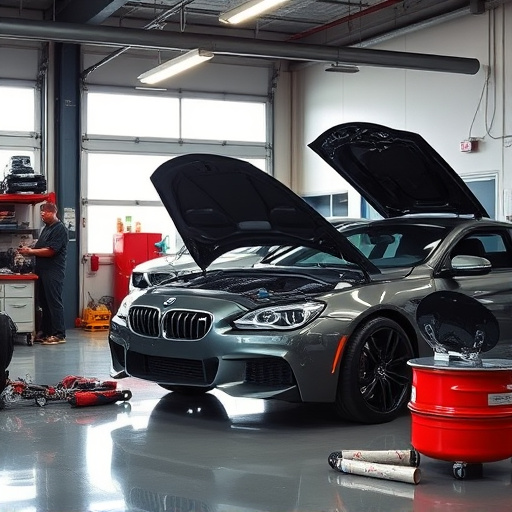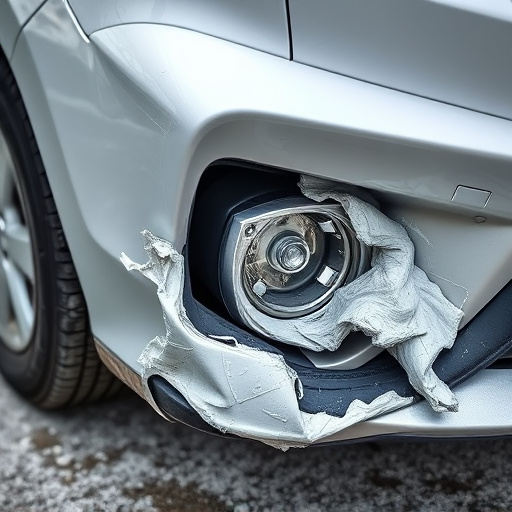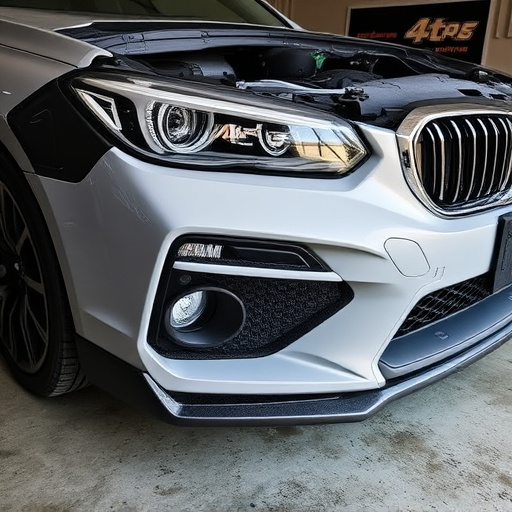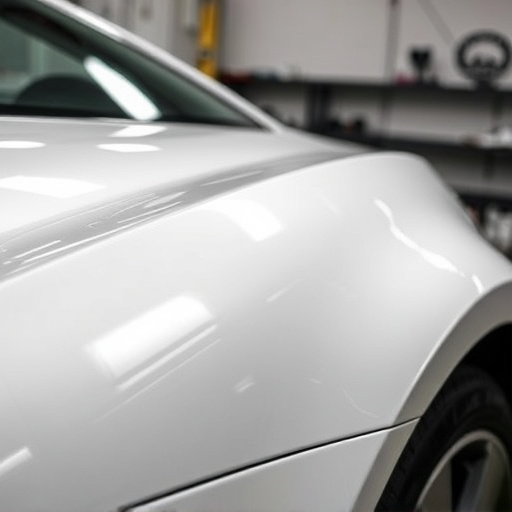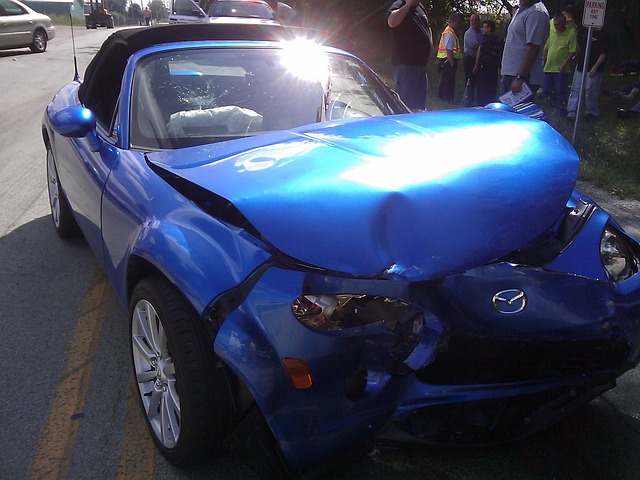Plasma cutting technology has transformed collision repair by offering accurate and efficient solutions for intricate tasks like dent repair and metal fabrication. Using a high-velocity stream of ionized gas, it precisely cuts through metal while minimizing waste and maintaining structural integrity. Versatile enough to handle thin to thick sheet metal, plasma cutting systems boost productivity and enhance the quality and longevity of vehicle restoration projects, despite higher costs and time requirements compared to traditional methods. Best practices guide precise outcomes, with regular calibration, thorough preparation, and meticulous attention to detail ensuring effective collision repair services.
Plasma cutting has emerged as a game-changer in the automotive collision repair industry, offering precise and efficient metal fabrication. This article delves into the intricacies of plasma cutting technology, highlighting its advantages and challenges in collision repair. From understanding the science behind it to exploring best practices, we provide valuable insights for professionals seeking to master this advanced technique. Discover how plasma cutting can revolutionize your repair process, ensuring superior results and enhanced customer satisfaction.
- Understanding Plasma Cutting Technology for Collision Repair
- Advantages and Challenges of Plasma Cutting in Aut body Work
- Best Practices and Tips for Effective Plasma Cutting Repair
Understanding Plasma Cutting Technology for Collision Repair

Plasma cutting technology has revolutionized the landscape of collision repair, offering precise and efficient solutions for even the most intricate car collision repair tasks. Unlike traditional cutting methods that rely on mechanical force or chemicals, plasma cutting utilizes a high-velocity stream of ionized gas to cut through metal with remarkable accuracy. This innovative process is ideal for dent repair and complex metal fabrication often required in collision repair shops.
The key advantage lies in its ability to deliver clean, precise cuts, minimizing material waste and ensuring structural integrity during the car collision repair process. Plasma cutting systems are versatile, capable of handling various materials from thin sheet metal to thick plates, making them indispensable tools for any collision repair shop. This advanced technology not only enhances productivity but also contributes to the overall quality and longevity of vehicle restoration projects.
Advantages and Challenges of Plasma Cutting in Aut body Work
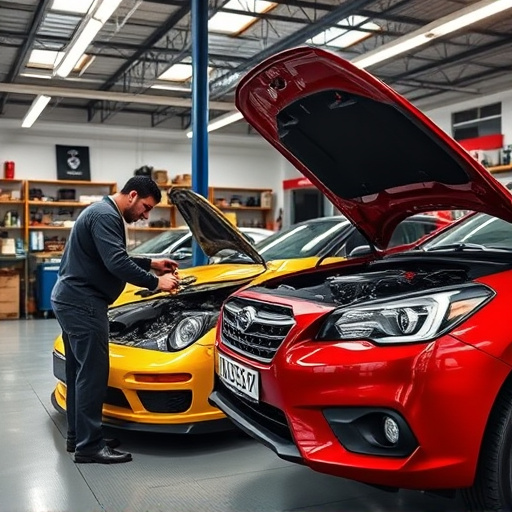
Plasma cutting has emerged as a game-changer in the realm of collision repair and auto body work. Its advantages are numerous; it’s a precise method that enables detailed cuts, making it ideal for intricate autobody repairs, especially in classic car restoration projects. This technology delivers a clean, controlled cut with minimal heat input, reducing the risk of damage to surrounding materials or components, a common issue with traditional cutting methods.
However, challenges exist when employing plasma cutting for collision repair. The process can be more expensive and time-consuming than alternative techniques due to the specialized equipment required. Additionally, it demands higher skill levels from technicians, as precise control is essential to avoid errors. Nevertheless, with its ability to handle complex shapes and curves, plasma cutting offers a versatile solution, ensuring high-quality car restoration outcomes.
Best Practices and Tips for Effective Plasma Cutting Repair
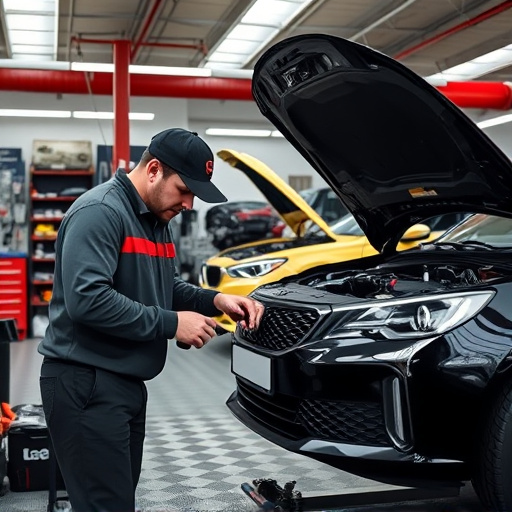
When it comes to plasma cutting collision repair, adhering to best practices ensures precise and efficient results. First and foremost, always use high-quality plasma cutters designed for automotive applications. These tools offer greater control and precision, minimizing damage to surrounding materials. Regularly calibrate your equipment to ensure accurate cuts and maintain optimal performance.
Additionally, proper preparation is key. Inspect the damaged area thoroughly, removing any debris or contaminants. For auto glass repair, use specialized techniques and adhesives to ensure a secure bond. In the event of car paint repair, employ careful sanding and priming processes to achieve a seamless finish. Remember, effective collision repair services demand attention to detail at every stage, from initial assessment to final touch-ups.
Plasma cutting collision repair offers a modern, efficient approach to automotive body work. By understanding its technology, recognizing its advantages like precision and speed, and adhering to best practices, professionals can achieve superior results in less time. Incorporating plasma cutting into collision repair services not only enhances productivity but also ensures high-quality, long-lasting repairs that meet today’s demanding industry standards.

